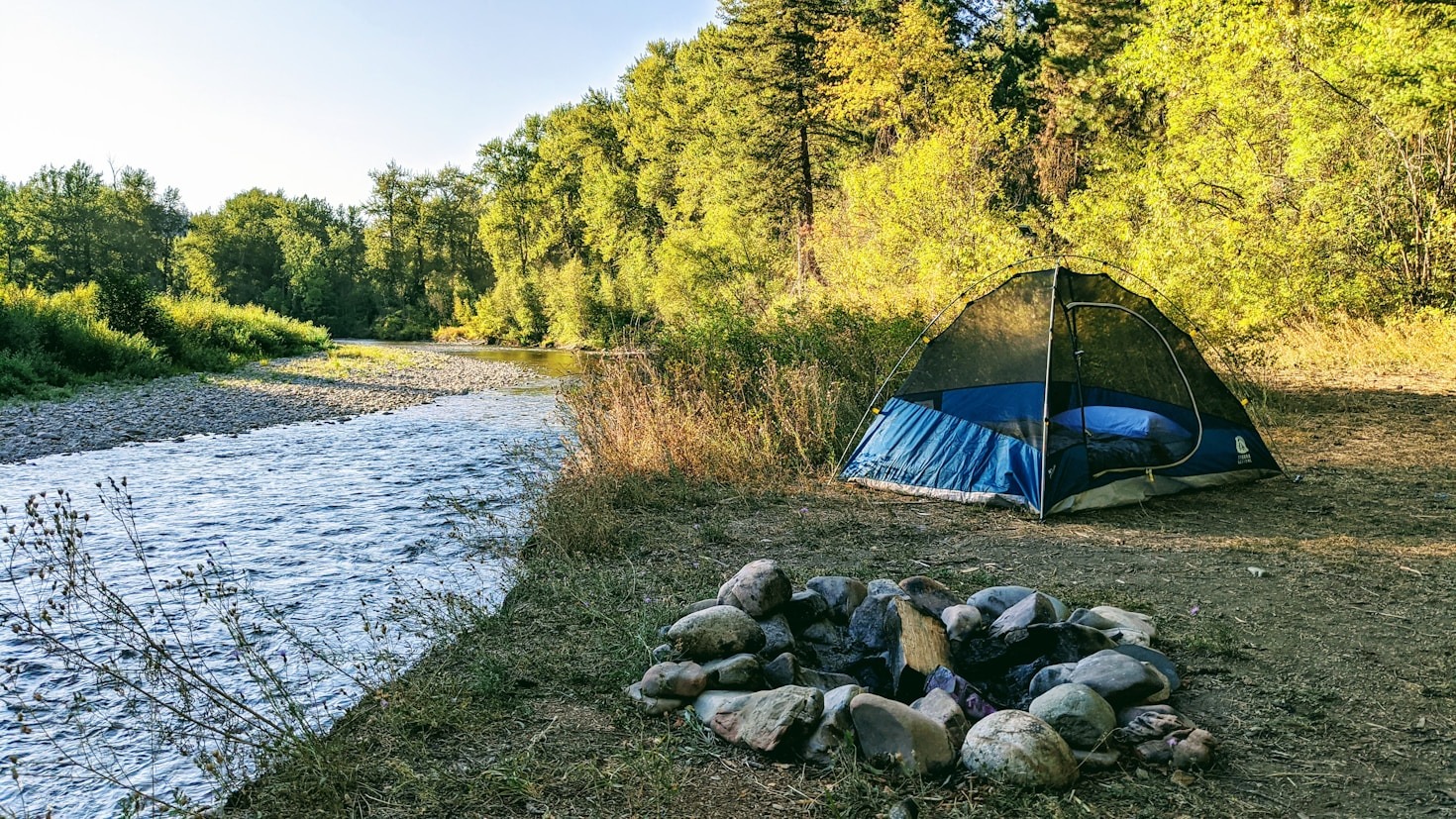There’s something about a meal outdoors—it just hits different. Maybe it’s the altitude, or the way everything smells better after a long day outside. But if we’re being honest, campsite cooking can also be a mess of half-melted utensils, burned rice, and missing spices… unless you’ve learned a few tricks.
After years of cooking in everything from downpours to high-desert wind tunnels, here’s what I’ve figured out: you don’t need gourmet gear to make good food at camp—but a little preparation, the right tools, and a touch of strategy can take you from “it’s edible” to “can we eat this again tomorrow?”
A good camp meal won’t fix everything—but it sure makes the dust, sore feet, and cold nights feel like part of the reward.
1. Know Your Stove, and Trust It
Don’t bring a brand-new burner you’ve never used before. Seriously—test it at home. Learn how it handles wind, how it simmers, how long the fuel lasts. A reliable two-burner stove or a solid single-jet setup like the JetBoil Flash can change the entire feel of camp meals.
If you’re not confident your stove can handle it, odds are you’ll default to ramen and bars again.
2. Pre-Prep Like a Pro
Chopping onions by headlamp isn’t charming—it’s a hassle. Slice, dice, and portion what you can at home. Store it in labeled reusable bags or containers. Want to go further? Mix your own spice blends in advance so you’re not hauling four half-empty bottles of cumin.
This is the kind of simple prep that turns “just dinner” into something you’ll talk about around the fire.


3. Don’t Overcomplicate the Menu
One-pan meals are your friend. Think tacos, stir-fries, pasta with pre-cooked sausage. If it takes more than two burners or more than 20 minutes of active cooking, it’s probably too much for a tired night after hiking or driving.
That said, if you have the energy, a “campfire pizza” on a cast iron skillet? Totally worth it.
4. Think About Cleanup While You Cook
Nobody wants to wash five pans in freezing water. Use fewer dishes. Bring biodegradable soap, a quick-dry towel, and—here’s a trick—an old credit card for scraping food off pans.
Also, plan a designated “dish zone” so your water and cleanup system doesn’t take over your sleeping area.
5. Bring One Little Luxury
Maybe it’s fresh-ground coffee. Or your favorite hot sauce. Maybe it’s a small chunk of Parmesan to grate over pasta. Whatever it is, bring something that feels unnecessary—but delightful.
Because a good meal at camp isn’t just about calories—it’s about morale.
Gear That Helps
Some tools I won’t leave without:
- A nesting cook set with a real lid
- A cutting board that fits in the side pocket of my camp box
- Long-handled metal tongs (not the flimsy kind)
- A soft-sided cooler that holds temp for 2–3 days
If you’re still building your camp kitchen, start with our Gear Guides: Essentials for Your Next Adventure to cover the basics.
Final Thought
Cooking at camp doesn’t have to be complex. But it should feel good. A hot, tasty meal at the end of the day can turn a tough trip into a memorable one—and give you something to look forward to tomorrow.


Leave a Reply